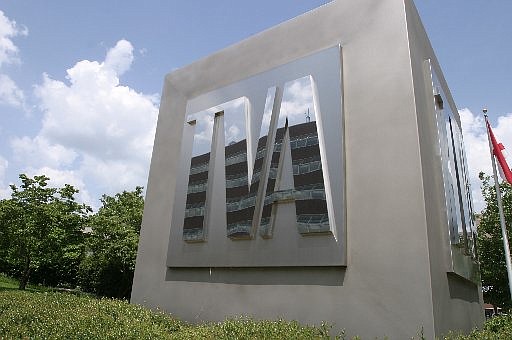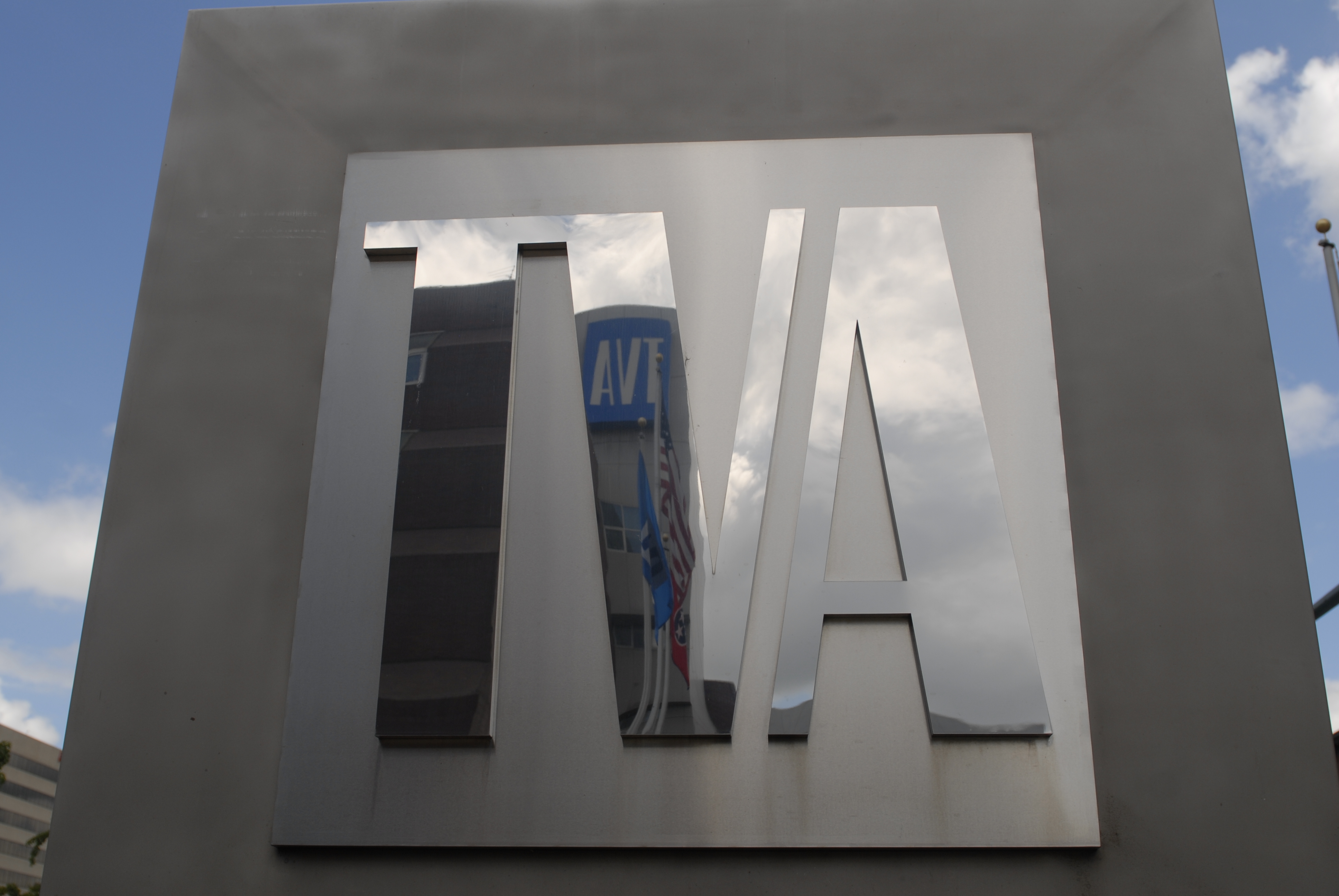Smaller modular reactorName: mPowerDeveloper: Babcock and WilcoxEngineers: Bechtel Corp.First utility: Tennessee Valley AuthorityOutput: Each unit will have 180 megawatts, about 15 percent of the size of a nuclear plant like Sequoyah or Watts BarInitial site: TVA's Clinch River property in Oak RidgeSchedule: Regulatory licensing by 2015 and commercial operation by 2022, if approvedCost: Estimated $900 million per unit, or $5,000 per kilowatt output
The Tennessee Valley Authority, created 80 years ago to be a "living laboratory" for new government projects, plans to test a new type of a nuclear reactor designed to be smaller, simpler and less costly than America's current fleet of nuclear power plants.
TVA announced Wednesday it has signed a contract with Babcock & Wilcox and Bechtel Corp. to help pursue plans to construct a small modular reactor in Oak Ridge. Although TVA directors must still approve the actual building of such a facility, TVA will seek a construction permit from the U.S. Nuclear Regulatory Commission by 2015 to build the new reactors on one of its properties on the Clinch River near Oak Ridge.
"This provides us a really good opportunity to look at this new and promising technology and to decide how it best fits into our portfolio for the future," said Dr. Joe Hoagland, executive vice president for TVA.
The new 180-megawatt modular reactors will be only about 15 percent as big as TVA's existing reactors at Sequoyah and Watts Bar. Such units will be located underground and could be prefabricated to be more standardized and built in more incremental power stages than the typical 1,200-megawatt units built in the past three decades.
"These type of reactors won't cost as much to build and will be more in alignment with the slower growth of load demand and the replacement of old coal plants which are about this size," said Christofer M. Mowry, president of Babcock & Wilcox mPower Inc.
The U.S. Department of Energy is paying for half of the expense of the design, engineering and licensing for the new mPower design. Hoagland said TVA will still likely have to spend "tens of millions" of dollars pursuing the construction permit, but he said that will give TVA more options for its energy future.
"We're still working on what the cost will be, but the real costs won't come until we actually decide to build the nuclear plant, and that is a decision we will make after we have submitted our construction application, which we expect to do in 2015," he said in an interview from Platt's Annual Nuclear Energy Conference in Washington D.C.
TVA is finishing completion of a second reactor at its Watts Bar Nuclear Plant and is conducting engineering and site preparation for the possible completion of two reactors at its Bellefonte plant in Alabama. Hoagland said the additional nuclear units will be needed as aging coal-fired power plants are phased out.
TVA will begin a power planning study this summer to map out its plans. Anti-nuclear groups are already questioning TVA's decision to be the pilot plant for a new and still untested plant design.
"SMRs [small modular reactors] are on a path to nowhere at the expense of the taxpayers," said Sandy Kurtz, a board member for the Bellefonte Efficiency and Sustainability Team. "Making nuclear plants smaller simply increases the risk at a greater cost per megawatt. This is the same radioactive technology that creates a legacy of waste we don't know how to handle."
TVA signed the contract with B&W to seek a construction permit at its Oak Ridge site on Feb. 7, but the TVA board didn't discuss the multimillion-dollar contract at its quarterly meeting last week in Chattanooga.
Tennessee's Republican congressional leaders, including U.S. Sens. Lamar Alexander and Bob Corker and U.S. Rep Chuck Fleischmann, issued statements Wednesday in support of the project.
"This agreement between TVA and Babcock and Wilcox represents an important step toward TVA's inclusion of small modular reactors as a source of exactly the kind of clean, reliable, safe and low-cost electricity the Tennessee Valley needs to attract good jobs," Alexander said.
Mowry said the mPower plant "uses the same technology that is in every operating nuclear plant in the United States, but it's just a simpler, more integrated approach to using that technology."
The small modular reactors would be built on the site of the Clinch River Breeder Reactor, another pioneering nuclear plant design that was ultimately abandoned in the 1970s.
The new smaller design reverses decades of previous nuclear plant designs that have increased the size and output of U.S.-built reactors to increase their efficiency.
"History has shown that the last 60 years of trying to grow yourself into good economic cost has been unsuccessful, and today's reactors aren't any cheaper on a per-megawatt basis than the ones that were build 50 years ago," Mowry said. "We've been chasing a kind of elusive dream by trying to get economies of scale that haven't been realized."
Hoagland said costs may also be reduced if TVA and other utilities are able to build a fleet of the new small modular reactors and standardize training, security and maintenance programs.
"Doing that would significantly reduce the costs," he said.

